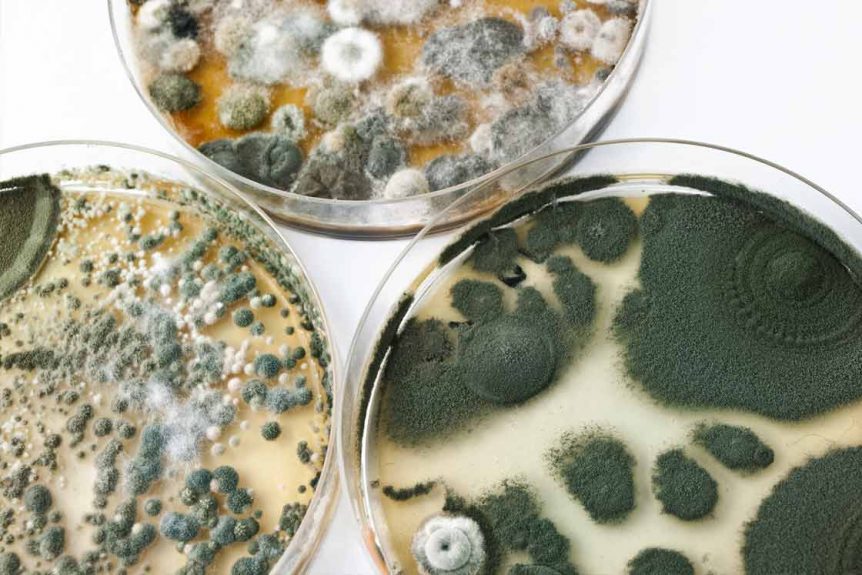Why is mold growing in my home?
Outdoors, molds play a part in nature by breaking down dead organic matter such as fallen leaves and dead trees, but indoors, mold growth should be avoided. Molds reproduce by means of tiny spores; the spores are invisible to the naked eye and float through outdoor and indoor air. Mold may begin growing indoors when spores land on surfaces that are wet. There are many types of mold, and none of them will grow without water or moisture.
Can mold cause health problems?
Molds produce allergens, irritants, and some cases, potentially toxic substances (mycotoxins). Allergic responses include hay fever-type symptoms, such as sneezing, runny nose, red eyes, and skin rash (dermatitis). Allergic reactions to mold are common. Molds can also cause asthma attacks in people with asthma who are allergic to mold.
How can I decrease mold exposure?
Inside homes, mold growth can be slowed by keeping humidity levels between 40% and 60%, and ventilating showers and cooking areas. If there is mold growth in your home, you should clean up the mold and fix the water problem. Mold growth can be removed from hard surfaces with commercial products, soap and water, or a bleach solution of no more than 1 cup of bleach in 1 gallon of water. For anything larger than 10 square feet you should consult with a professional mold remediation contractor.
Are you buying or selling a home, are you a property manager or realtor?
Protect your interests and your client’s interests by showing “due diligence” regarding mold in your property. Lawyers are aggressively encouraging clients to seek legal actions for negligence.

